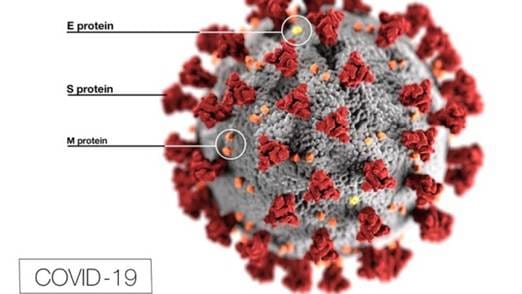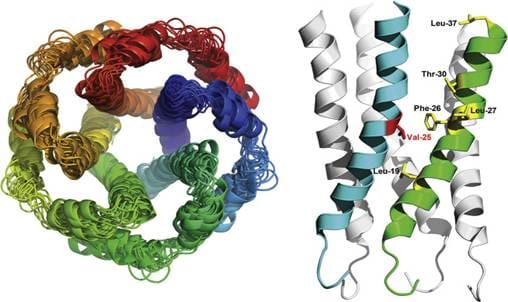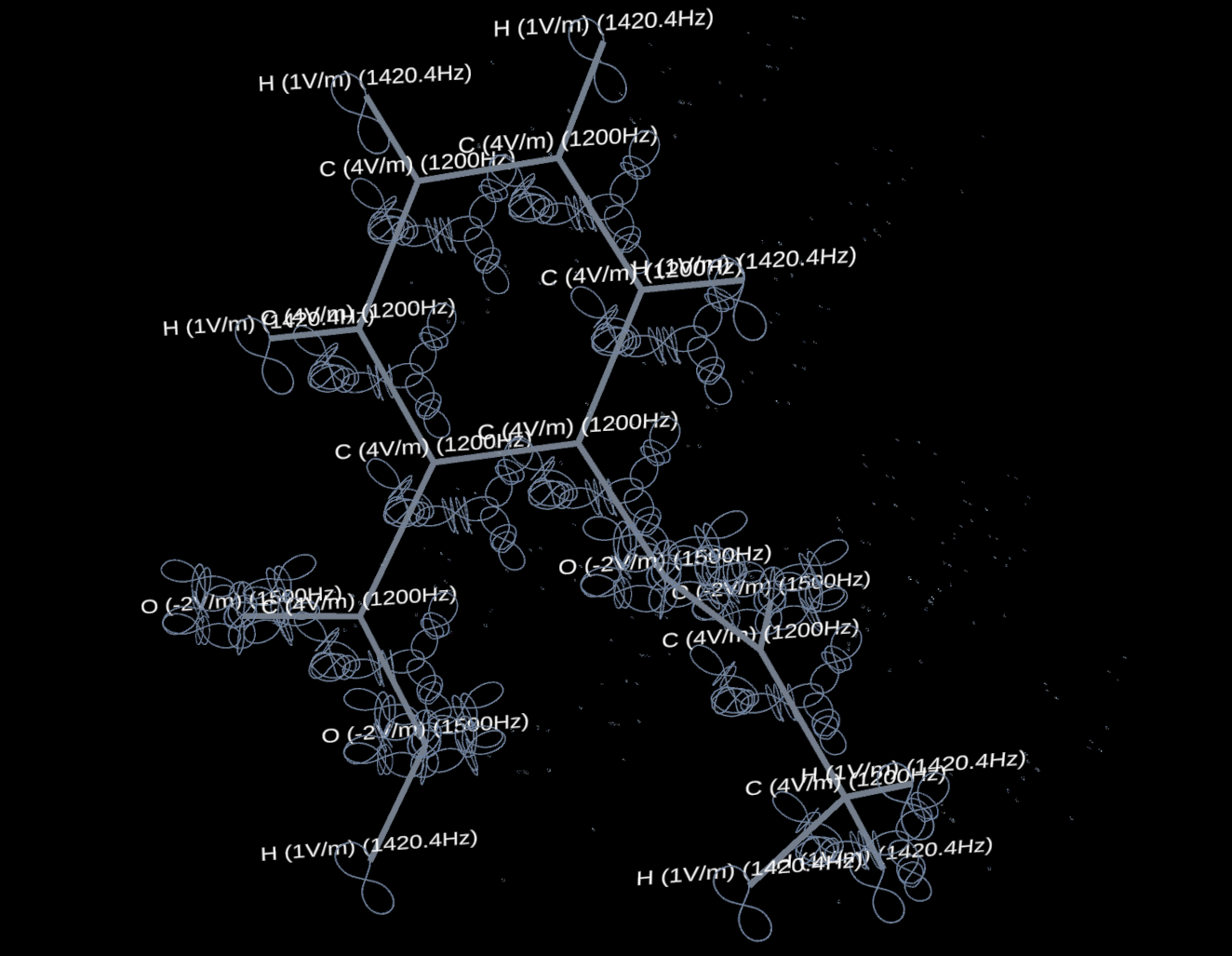Application of BSM-SG Atomic Models for COVID-19 Protein Analysis to Modify and Reduce Virulence
Stoyan Sarg Sargoytchev
York University, Toronto, Canada
Distinguished scientific advisor at the World Institute for Scientific Exploration
Abstract
The atomic models derived from the BSM-Supergravity (BSM-SG) theory can be useful in studying COVID-19 and its modifications aimed at altering proteins involved in the activity of the E-channel (E-protein). BSM-SG atomic models differ from quantum-mechanical models while offering several advantages. These include the ability to work with real physical dimensions on a sub-nanometer scale, visualization of chemical bond orientations in molecules, and interactions of magnetic fields between electronic orbits and nuclear magnetic moments. These characteristics provide a new approach to analyzing and modeling simple and complex molecules. For proteins with known structures, these models allow for understanding the physical mechanisms that determine their spatial configuration and stability. This could enable the alteration of their form and properties through the use of appropriate chemical substances in the form of drugs.
Keywords: COVID-19, E-proteins, amino acids, BSM-SG atomic models
Introduction
The BSM-SG atomic models are one of the key conclusions of the 'Basic Structures of Matter - Supergravity Unified Theory,' published in 2001. The main advantage of BSM-SG models over quantum-mechanical models is the ability to work with real physical dimensions on a sub-nanometer scale.

[Figure 1: BSM-SG Atomic Models]
Application of BSM-SG Models to COVID-19 Proteins
For many viruses, channel proteins are essential. The E-protein, through its channel activity, interacts with host cell proteins and assists the S-protein spike in attaching to human cells.

[Figure 4: Structure of COVID-19]

[Figure 5: E-protein Structure]
BSM-SG models allow visualization of magnetic fields in atoms and molecules. Quantum energy levels of hydrogen, as well as single-electron ionized atoms from the first column of the Periodic Table, are determined by the principal quantum number n and less by the angular momentum l.

[Figure 7: Aspirin Atomic Model]

[Figure 8: Penicillin Atomic Model]
[Figure 9: Ozone Molecule]
Conclusion
The SARS-CoV E-protein contains 76 amino acids. The number of atoms in amino acids is well known. Using BSM-SG models, the known three-dimensional shape of this E-protein can be analyzed with sub-nanometer resolution, identifying weak structural points. These can be targeted using chemical compounds with a known three- dimensional shape.